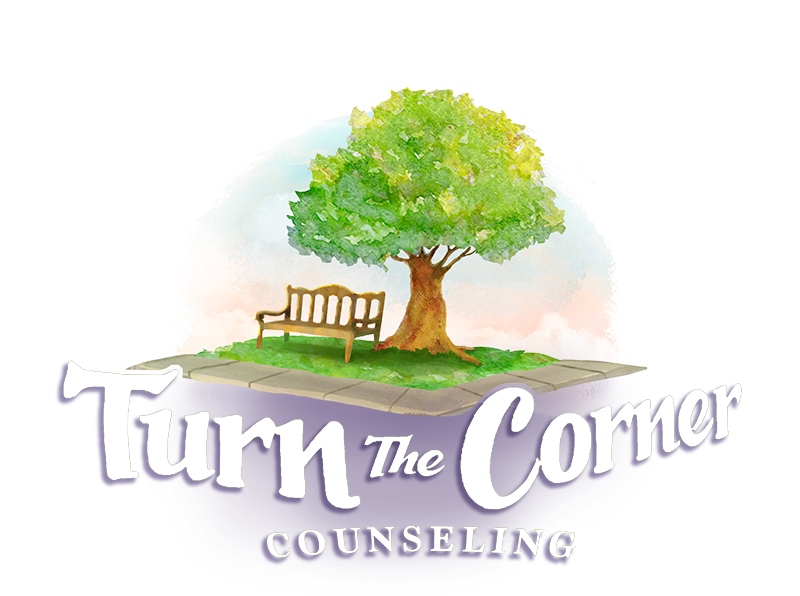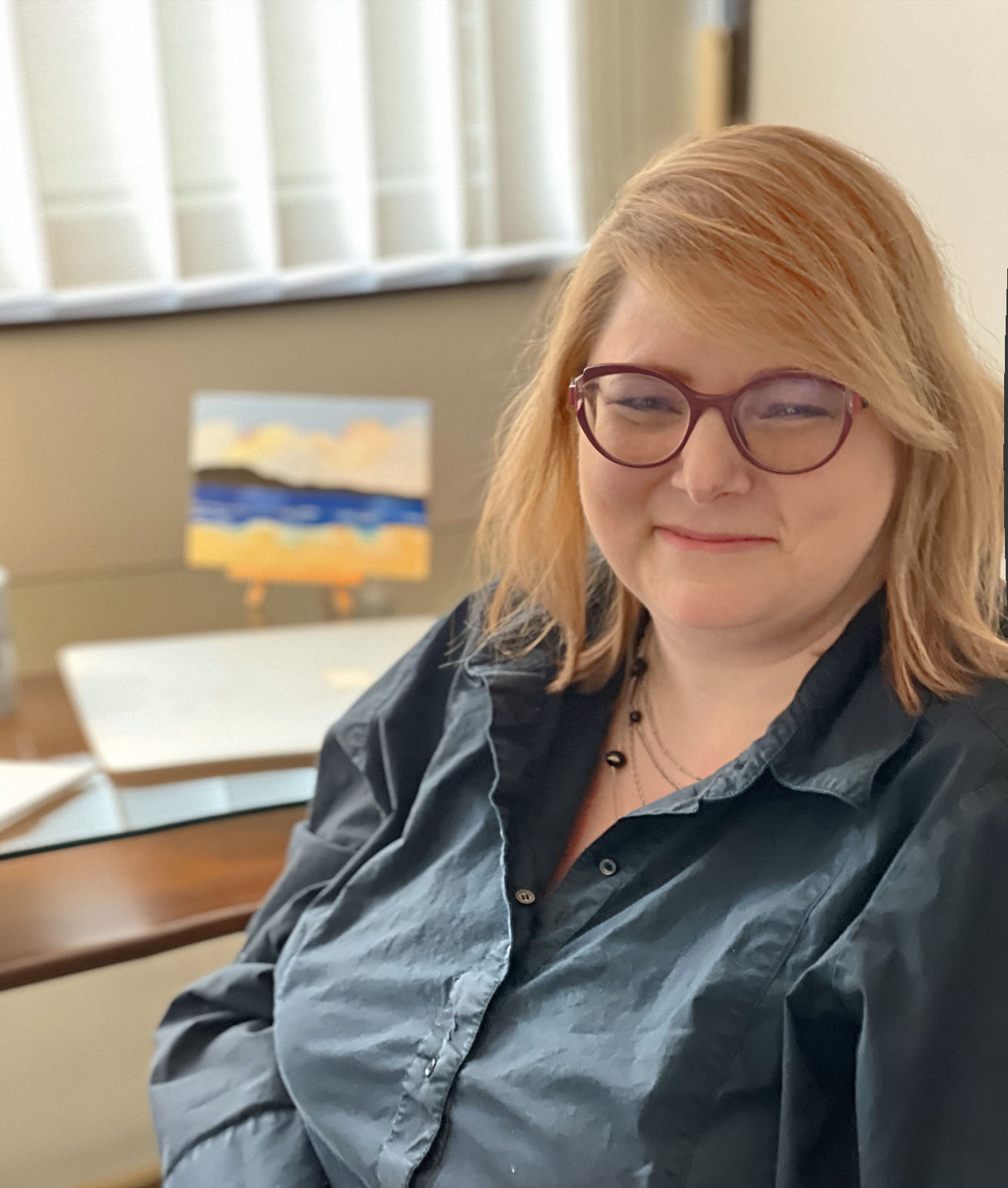

Holly Hale
Ph.D. LP
Fully Licensed Clinical Psychologist
There is No
One Size Fits All
I am a clinical psychologist dedicated to your care. I lead with my heart and then use my mind to craft an approach that is tailor-made for you. This has led me to put a great deal of resources towards learning as many different techniques as I can to best fit your needs. There is no way to learn everything that is out there in order to best help the people I serve; but when I find that a patient and I are stuck, I work twice as hard to research and seek out additional knowledge to get us unstuck. I am a clinical psychologist who is dedicated to your care and will make every effort possible to meet you where you are and get you where you want to be.
Helpful resources
These are some of my favorite materials that I frequently draw from in my practice!
What to Expect
Every individual is unique, and our approach reflects that belief. We prioritize creating a nurturing environment where you can explore your thoughts and feelings without judgment. Our commitment to ongoing learning ensures that we stay informed about the latest therapeutic techniques, allowing us to adapt our methods to suit your personal journey. Together, we can uncover the strengths that lie within you and navigate the complexities of life with compassion and insight. Your path to healing is not just a destination; it’s a journey we embark on together, fostering resilience and growth every step of the way.
A Safe Environment
A Listening ear

What I Believe
About change
A key part of change is identifying and maximizing a person’s innate ability to heal and grow. I believe in a person’s adaptive capacity for change. Carl Rogers, an amazing teacher of psychology, once described seeing potatoes in a dark basement gradually grow roots and reach towards the light of a single, tiny basement window. I agree that all humans have to courage and ability to thrive in the darkest circumstances. Working together, we can turn the corner, finding a new path, a new light, a new way of being.
Psychodynamic Psychotherapy:
My foundation is in this method of treatment, graduating from the University of Detroit-Mercy in 2012. It’s key features are to increase insight through self-reflection and self-examination. It does not focus on symptoms but rather giving us power over our troubles by bringing heightened awareness of how our past, the people and experiences we’ve had throughout the lifespan, plays out in patterns in our current relationships. The therapist’s role is to be a guide for self-exploration, discover blind spots, and understand how we relate to others in a deeper way. When people understand why they think and feel the way they do, it improves their ability to take charge of their life and engage in their relationships with greater freedom and awareness.
Eye-Movement Desensitization Reprocessing (EMDR):
Effective in treating trauma-associated symptoms through random controlled trials. During EMDR, the person briefly focuses on the disturbing memory while simultaneously experiencing bilateral stimulation (typically eye movements), which is associated with a reduction in the vividness and emotional impact associated with the memory. It capitalizes on the idea of human’s potential to heal themselves. During a trauma, an event can become trapped in the emotional part of the brain and when the memory gets activated, it can cause a fight, flee, or freeze response. EMDR is thought to change how a person processes the trauma by encouraging new neural network connections.
Motivational Interviewing:
This counseling method involves posing particular questions in a way that encourages change. It is particularly useful in the treatment of substance use disorders. The idea is that direct advice can be off-putting whereas the decision to change must come from an individual’s reasoning and values. As Rollnick sates, “Put simply, this involves coming alongside the person and helping them to say why and how they might change for themselves.”
Dialectical Behavioral Therapy:
The creator of this method, Marsha Linehan, dedicated her life’s work to effectively treat highly suicidal patients. DBT is a modular therapy designed to teach distress tolerance, interpersonal effectiveness, emotional regulation and mindfulness skills. The formal, evidenced-based method combines individual psychotherapy, group skills, telephone coaching, and a therapist consultation team. It is derived from both Western and Eastern practices. This therapy is particularly effective for Borderline Personality Disorder or those that struggle with chronic self-harm and feel emotions very intensely. However, research has shown its also useful for substance dependence, post-traumatic stress disorder, depression, and eating disorders. I have received formal training in DBT but am not certified as a DBT therapist.
Cognitive Behavioral Therapy:
CBT primarily involves adjusting thinking and behavioral patterns. Basically, the individuals learn to be their own therapists by challenging distorted ways of thinking, calming one’s mind, relaxing one’s body, and using problem-solving to cope with life challenges. Homework exercises encourage practicing skills outside of the therapy office so the person can gain a greater sense of confidence in their own abilities.
Humanistic Therapy:
Therapists from this perspective believe that people have the tendency to strive to fulfill their potential and achieve the highest level of being human. People only become destructive when there is a poor self-concept or when the environment overrides the ability to flourish. Self-actualization can only occur when who a person would like to be is congruent with how they behave. A person with high self-worth, that is, has confidence and positive feelings about themselves, faces challenges in life, accepts failure and unhappiness at times, and is open with people. Just like a tree cannot grow without sunlight and water, for humans need to be met with genuineness, acceptance, and empathy. There is no end goal to growth, it is a continuous process in which a person can be happy, have life-satisfaction, and be fulfilled while still looking for new challenges and experiences.
Art Therapy:
According to the American Art Therapy Association, “Art therapy is used to improve cognitive and sensorimotor functions, foster self-esteem and self-awareness, cultivate emotional resilience, promote insight, enhance social skills, reduce and resolve conflicts and distress, and advance societal and ecological change.” Art therapy can be used with all ages and is a form of self-expression that offers receptive and expressive communication which can go beyond the limits of verbal communication in order to empower an individual. While I am not a certified art therapist, I often incorporate artistic expression in my practice which can enhance therapy, particularly for those where the spoken word is limiting or limited.
Imago Relationship Therapy:
Created by Harville Hendrix, this form of therapy helps couples to have a deeper understanding of one another to fuel a deeper connection. The theory is that unmet needs and wants can sometimes carry on to frustrations in adult relationships. Greater awareness of one another’s pain, through open dialogue, can bring a richness and shared vision to the relationship. The therapist guides and encourages the practice of effective communication within and in-between the sessions. Through deeper empathy and through validation, conflict can not only be resolved but bring a greater closeness to your partner.
Feminist Therapy:
Per APA, “what is inherent in feminist therapy is the radical notion that silenced voices of marginalized people are potentially the sources of the greatest wisdom.” This therapy is integrative and specializes in identifying and working with the stressors that women experience due to biases and discrimination. Personal empowerment and self-compassion is key focus, where the individual is embraced as the expert in their own life. Therapists from this perspective believe that one’s identity is multifaceted and symptoms are not intrinsic nor that

